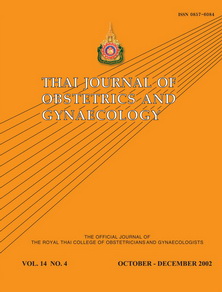Child Sexual Abuse
Main Article Content
Abstract
Child victims of sexual abuse may present with physical findings that can include anogenital problems,
enuresis or encopresis. Behavioral changes may involve sexual acting out, aggression, depression,
eating disturbances and regression. Because the examination findings of most child victims of sexual
abuse are within normal limits or are nonspecific, the child’s statements are extremely important. The
child’s history as obtained by the physician may be admitted as evidence in court trials; therefore,
complete documentation of questions and answers is critical. A careful history should be obtained and a
thorough physical examination should be performed with documentation of all findings. When examining
the child’s genitalia, it is important that the physician be familiar with normal variants, nonspecific changes
and diagnostic signs of sexual abuse. Judicious use of laboratory tests, along with appropriate therapy,
should be individually tailored. Forensic evidence collection is indicated in certain cases. Referral for
psychologic services is important because victims of abuse are more likely to have depression, anxiety
disorders, behavioral problems and post-traumatic stress disorder.
Article Details

This work is licensed under a Creative Commons Attribution-NonCommercial-NoDerivatives 4.0 International License.


